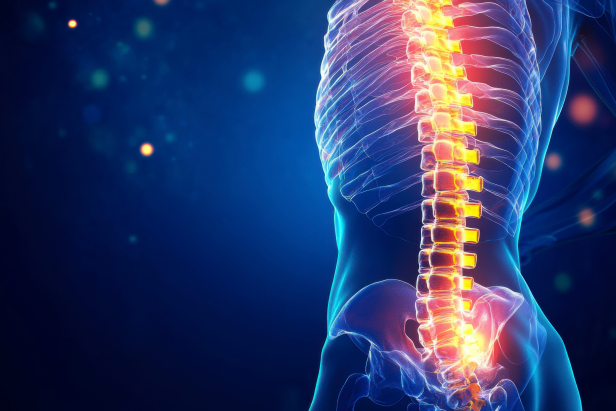
Olympic lifters can move more than 18,000kg in a single day of training—yet injury rates are exceptionally low. This isn’t down to brute strength, but precise, practiced technique. It’s this biomechanical mastery that inspired our founder, Davy Snowdon MBE, to bring these same anatomical principles into industry—where physical demands are high, but technique is rarely taught with the same discipline or understanding.
The hierarchy of controls teaches us to automate and mechanise manual tasks wherever possible. But while automation is a worthy goal, the reality is that most manual handling tasks are still carried out by people. These tasks bring risk. So, we address it head-on—by tackling the root cause of strain and injury: poor movement mechanics.
Our approach begins with movement. By teaching staff how to move like Olympic weightlifters—not in brute strength, but in biomechanics—we significantly reduce the pressure placed on the body. The results are felt immediately by those we train. In parallel, we support businesses in optimising workstation layouts, recommending lifting aids and even informing automation design, using the same scientific principles.
In engineering, power is transferred using carefully calibrated systems of levers, fulcrums, and mechanical advantage. The human body is no different. It, too, is a machine—made up of bones (levers), joints (fulcrums), and muscles (power sources).
By understanding and adjusting body position during a lift, we bring the joints closer to the line of resistance. This reduces the “weight arm” and increases the “power arm,” creating more efficient, less harmful movement. Just as engineers re-route cables to gain advantage, we teach workers to position themselves biomechanically for maximum effect and minimum strain.
The scientific roots of lifting date back to the strongmen of the 19th century—Sandow, Saxon, Louis Attila, and Laurance Levy. Far from relying on ‘knack,’ these men understood how the body functions under load and began developing the foundational biomechanics of strength.
As Olympic weightlifting became a formal sport in 1896, performance standards and scientific understanding advanced. Techniques were refined. Training was structured. Nutrition was optimised. This evolution laid the groundwork for what we now recognise as the science of movement.
Today, Pristine Condition carries that legacy into industry. We analyse workplace tasks the same way Olympic coaches assess a clean or snatch: movement by movement, joint by joint. Then, we teach people how to move safely using this time-tested science.
Lifting is never just about one muscle. It’s about muscle groups working together—prime movers, fixators, antagonists, and synergists. Each has a role. Each operates in different planes and around different axes.
We teach how to engage the right muscle combinations for each task, applying the concepts of concentric, eccentric, and static muscle work. From understanding the difference between first, second, and third class levers to reducing the weight arm and increasing the power arm, our system reduces the pressure on the body at every stage of the lift.
Workplace musculoskeletal injuries cost UK industry £14.5 billion annually. Of these, nearly 30% are linked to manual handling. Even in a country with one of the best workplace safety records in the world, the risks remain stubbornly high.
Pristine Condition offers an average 50% reduction in manual handling-related injuries. The science works. And when paired with our tailored approach, we create genuine behavioural change that lasts.
Everyone lifts. At work. At home. In life. That’s why our approach isn’t just for the warehouse or the factory floor—it’s for any human who moves things with their body.
We’ve taken Olympic weightlifting science and brought it to industry. We analyse tasks. We apply proven movement principles. We reduce pressure on the body. And the results have been unprecedented.
If you're ready to replace outdated manual handling advice with proven science, Pristine Condition is here to help.
Contact us, or come in to chat with our experienced team to see how we can support you.
We are already working in your industry, achieving phenomenal results.